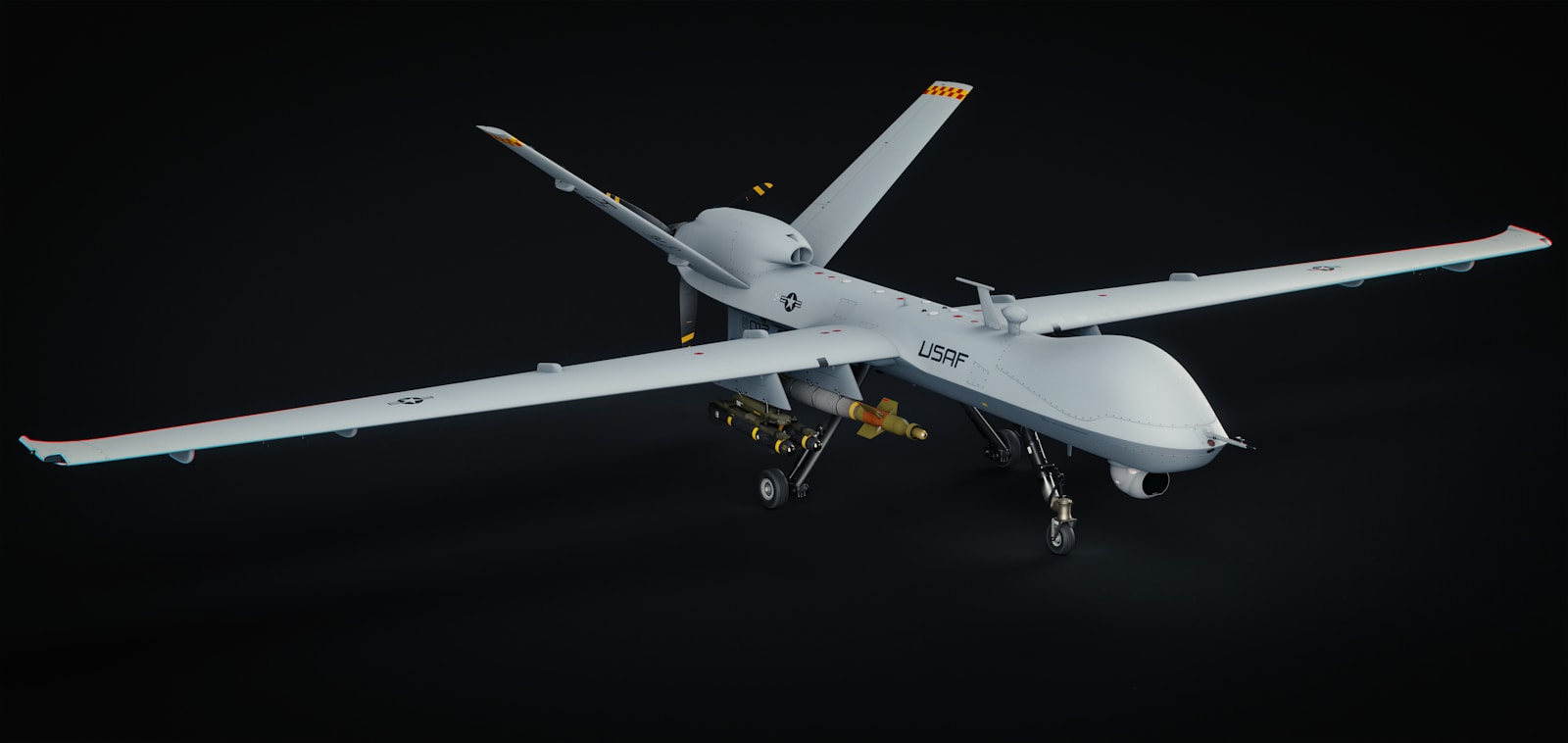Alaska Wilderness Assessment
The military evaluation, which took place over four days in Alaska’s challenging terrain, was designed to assess the performance and capabilities of American-made drones under harsh environmental conditions. The remote location provided a realistic testing ground for equipment that might be deployed in similar environments during actual operations. Military officials observed various performance metrics during the test, including flight duration, surveillance capabilities, resistance to electronic interference, and operational effectiveness in adverse weather conditions. The results painted a concerning picture of America’s current standing in drone technology.Technological Disparities
The assessment revealed several areas where U.S. drone technology falls short compared to Chinese systems. These include:- Battery life and operational range
- Advanced sensor integration
- Autonomous flight capabilities
- Manufacturing costs and production scale






